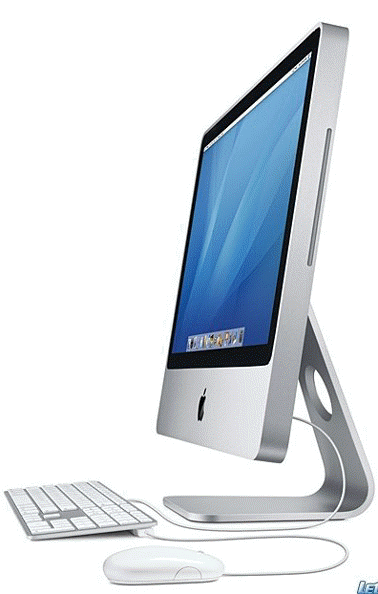|
HOME
Technology Nov 2008 Desktops still rock Advancements ongoing |
Worldwide PC shipments may be a mere shadow of the glory days, inching up only a few percent compared to the laptop market, but desktops still have the performance edge at a bargain price for the discerning buyer. While seven out of every 10 households now have access to a computer, lower prices, bigger disk capacity and wider screens are still attracting strong interest. Affordability has been helped by Intel slashing chip prices by between 10 and 50 percent this year, designed to keep product moving and make room for newer, faster machines. And consumers are definitely more mindful of value with second and third time buyers and businesses in particular, looking to futureproof by purchasing more robust, highly configured models. The big wake-up call has been the growing popularity of Apple,
traditionally a laggard in the PC space, winning customers at an
unprecedented rate. Locally sales have jumped around 70 percent over
2007, largely though sales of iMacs, which integrate CPU (central
processor unit) and screen technology in a single unit. Single unit systems One reason the PC hit a flat space, is current models are well able to meet most application needs and people are keeping them longer. It’s only at the high-end that more grunt is needed for gaming, ripping CDs, graphics and design, desktop publishing and high definition audio or film editing. Significant chip and card level enhancements to boost those activities are on the way. Pricing your purchase At the higher end HP’s Pavillion range has a TV tuner, including on the TouchSmart with 22inch touchscreen, 4Gb RAM, 500Gb hard drive, TV tuner, wifi and Bluetooth for around $3000. Meanwhile there’s ongoing research to reduce integrated circuits and components in order to fit more on a computer chip and ultimately make them more affordable and powerful. MIT researchers using a nanotechnology technique claim they can produce 25-nanometer (nm) chips. This is a further leap in the process which only last year enabled Intel to shift from a 65nm process to 45nm and 32 nm processors in 2009. The new optical lithographic technology uses light to transfer the pattern onto the chip giving four times the pattern density which means they might soon be able to pack in four times as many features.
|
